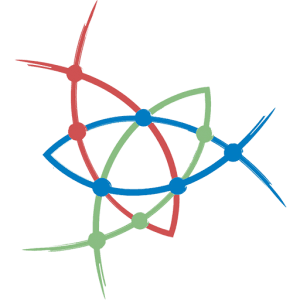Geothermal
Geothermal heating and cooling systems leverage the constant temperature of the earth to provide heating in winter and cooling in summer.
This technology, also known as ground-source heat pump (GSHP) systems, is one of the most energy-efficient and
environmentally friendly HVAC solutions available.
How Geothermal Systems Work
- Heat Exchange: Geothermal systems use the ground as a heat source in winter (absorbing heat from the earth) and as a heat sink in summer (releasing heat into the earth).
- Loop Systems:
- Closed Loop: Uses a continuous loop of piping buried in the ground, filled with a fluid that transfers heat to/from the earth.
- Open Loop: Utilizes groundwater directly, though this requires a sufficient and sustainable water source.
- Heat Pump: A heat pump transfers this heat to or from the building, either heating or cooling it as needed.
Benefits of Geothermal Systems
- Efficiency: Can be 3 to 5 times more efficient than traditional heating or cooling systems due to the stable earth temperature.
- Environmental Impact: Reduces greenhouse gas emissions since it uses less electricity, often sourced from renewable energy.
- Longevity: Ground loops can last 50 years or more, much longer than conventional HVAC components.
- Cost Savings: Although initial installation costs are high, operational savings over time can be significant due to low energy use.
Types of Geothermal Installations
- Horizontal Loops: Suitable for larger lots where trenches can be dug horizontally.
- Vertical Loops: Used in areas with limited space, requiring deep vertical boreholes.
- Pond/Lake Systems: When a suitable body of water is available, loops can be laid underwater.
Considerations for Geothermal Systems
- Site Assessment: A professional evaluation is needed to determine the best type of system based on soil, space, and water availability.
- Installation: Requires significant groundwork which can be disruptive but is generally a one-time investment.
- Costs: High upfront costs due to the need for excavation, but payback periods can be relatively short due to energy savings.
Maintenance
- Regular Checks: Annual maintenance of the heat pump similar to any HVAC system.
- Loop System: Typically requires little maintenance beyond initial installation, though checking for leaks or blockages is advisable.
Challenges
- Initial Investment: The cost of drilling or excavation can be prohibitive for some.
- Space: Requires adequate land or access to water for installation.
- Regulations: Compliance with local codes regarding drilling or environmental impact.
Conclusion
Geothermal HVAC systems offer a sustainable, highly efficient solution for heating and cooling, leveraging the earth's natural temperature stability.
While the initial cost is higher, the long-term benefits in efficiency, cost savings, and environmental impact make geothermal an attractive option for
those looking to invest in future-proofing their home's comfort system.
Back to Dictionary

